How many times has this happened to you: You order dormant or bare root plants, but they arrive at the most inconvenient time. There’s just no way you can plant them on the day of arrival? So what should you do?
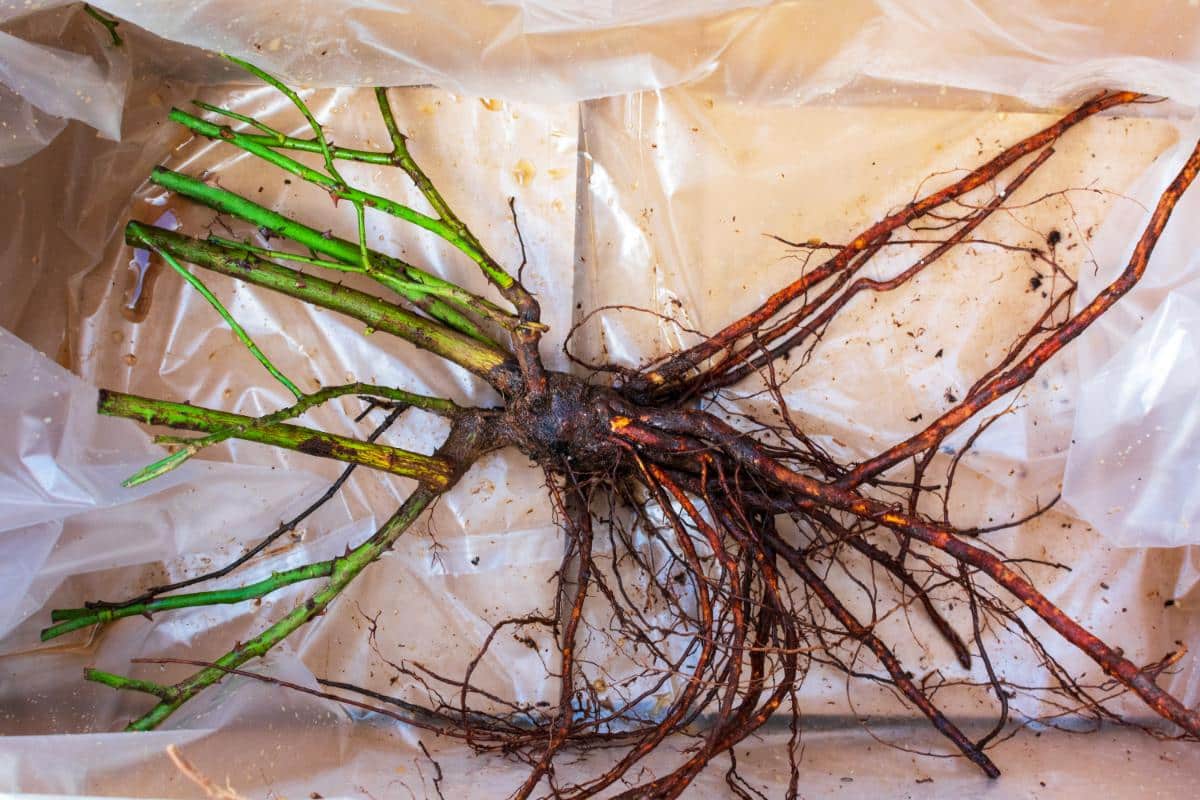
Worry not. You have some leeway when it comes to planting newly arrived dormant or bare root plants. But there are some things that you should do to keep those plants in good shape until you can get them in the ground.
Jump to:
- Timing and Life. It Happens
- How to Hold Dormant Plants for a Short Delay (One to Two Weeks)
- How to Store Plants for More Than a Two-Week Delay
- What To Do If You Don’t Have Enough Cold Space for Storage
- For All Plants: Check the Condition of the Plants Before Storing
- What Are the Recommended Conditions for Planting Bare Root Plants and Dormant Plants and Plugs?
Timing and Life. It Happens
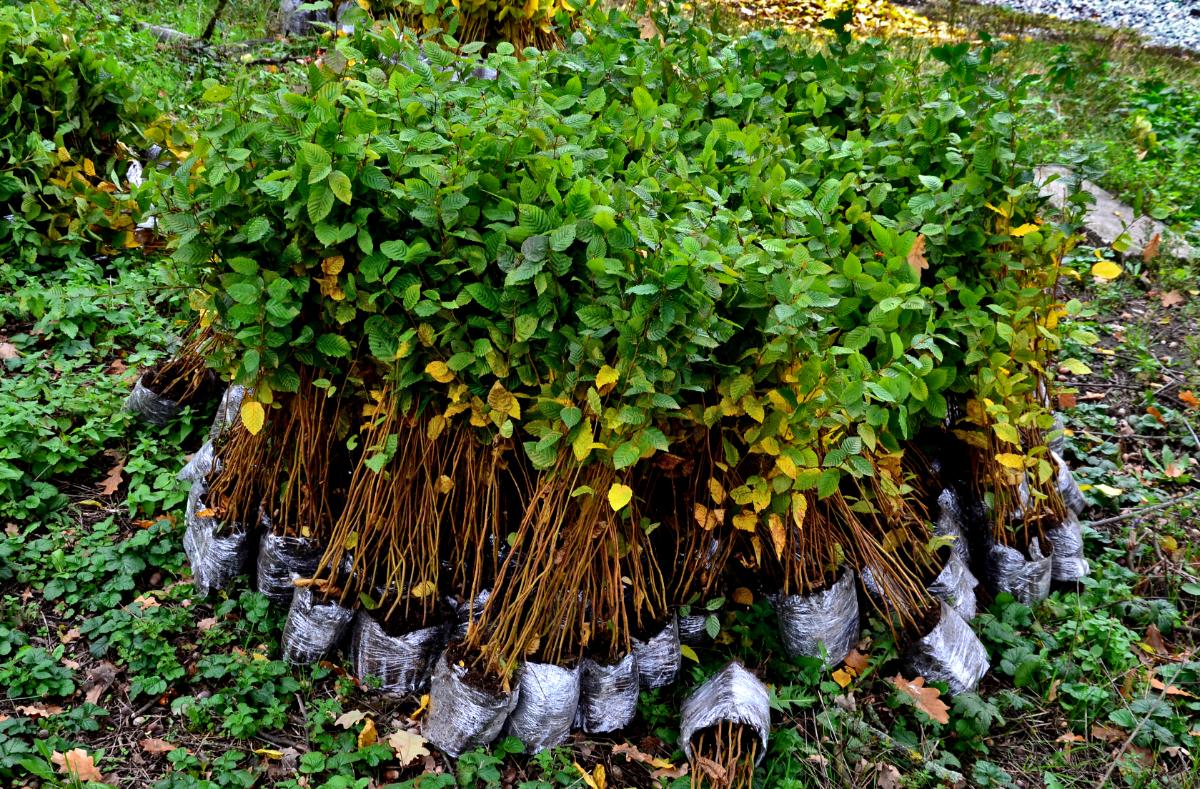
This often happens when we have to order plants early in the year, but the grower waits to ship them until the planting time is right for where you live (a good thing, but it makes it tough to know just when you should block out that time for planting!).
Often this happens simply because shippers are most likely to deliver in the middle of the week – a time when many of us are tied up with work, school, kids, and life in general.
It might happen because Mother Nature went sideways and threw some unexpected harsh weather into the mix. Or she isn’t warming up as expected, and even though this *should* be the right time for you to plant those dormant plants and bare roots, conditions aren’t quite there yet.
And sometimes it happens because we’re in the local nursery or garden store, and the dormant plants are fresh and looking good, and you just can’t resist adding that plant or variety to your mix.
Whatever it is that makes it hard for you to plant when your dormant plants or bare root plants come home, with a little care and handling, you can keep those plants in top condition until you find the time.
Here’s how based on how long you need to put off planting:
How to Hold Dormant Plants for a Short Delay (One to Two Weeks)
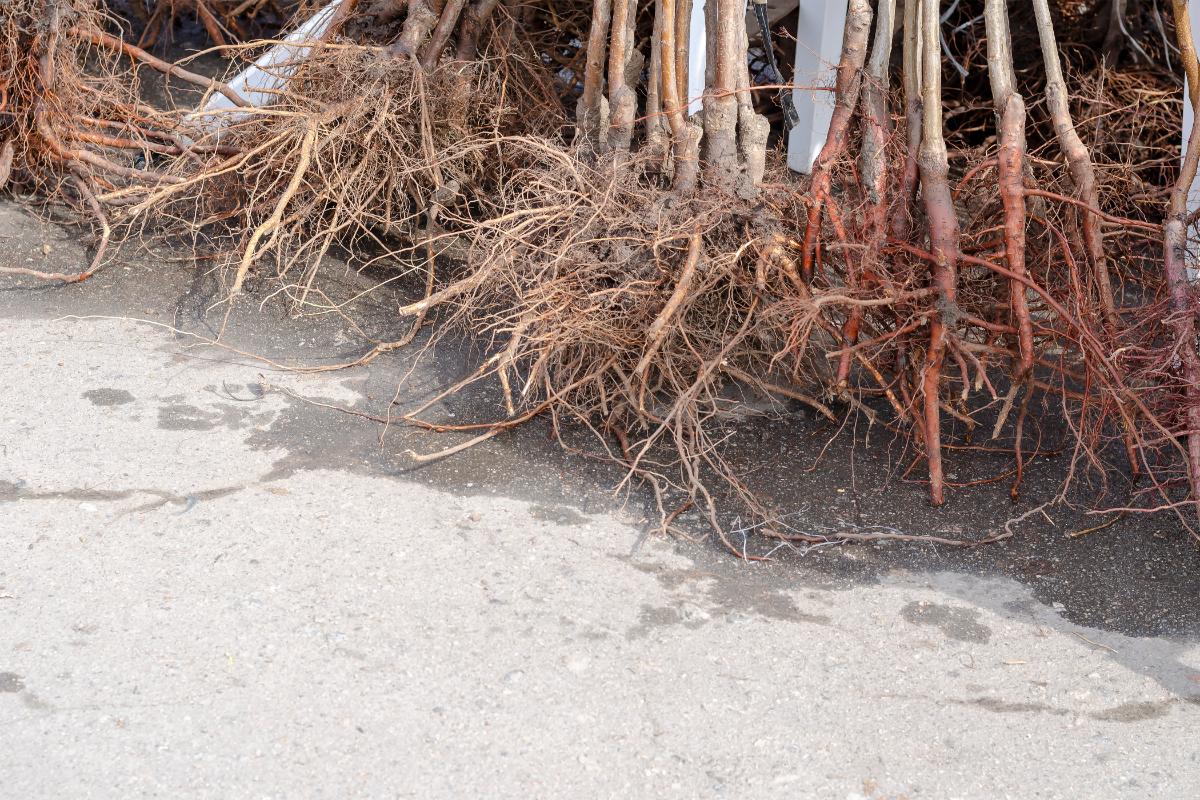
If you only need an extra day or two, check the condition of the packaged plants as per the section below, and store them in a dark, cool place in your basement, garage, or non-freezing garden shed. You don’t want to keep them there longer than that without ensuring the temperature of where they are being held (see below).
If you just need to buy yourself a little time and you plan to plant your dormant plants somewhere within the next two weeks (ideally in under 10 days), there’s a simple solution:
Store them in the refrigerator.
The goal here is to hold the plants at a cold enough temperature so that they won’t try to do much growing within the next two weeks before you get them in the ground.
A little leafing or root growth won’t hurt anything, but you don’t want much (or any if you can avoid it). Keeping your plants at a low, cold temperature will slow their growing response and buy you that extra time.
- Keep plants stored at low refrigerator temperatures in the range of 35 to 40 degrees Fahrenheit (F) (1.67 to 4.44 Celsius (C))
- Your household refrigerator or a walk-in cooler, if available, is a good place to store them
- If you have an unheated garage or outdoor space that will stay consistently in this range, you can place the packed plants there, but they shouldn’t be kept there if they’ll experience hard freezing temperatures
Keep your plants packed as they came while storing (but do check them first, as discussed in the instructions below).
How to Store Plants for More Than a Two-Week Delay
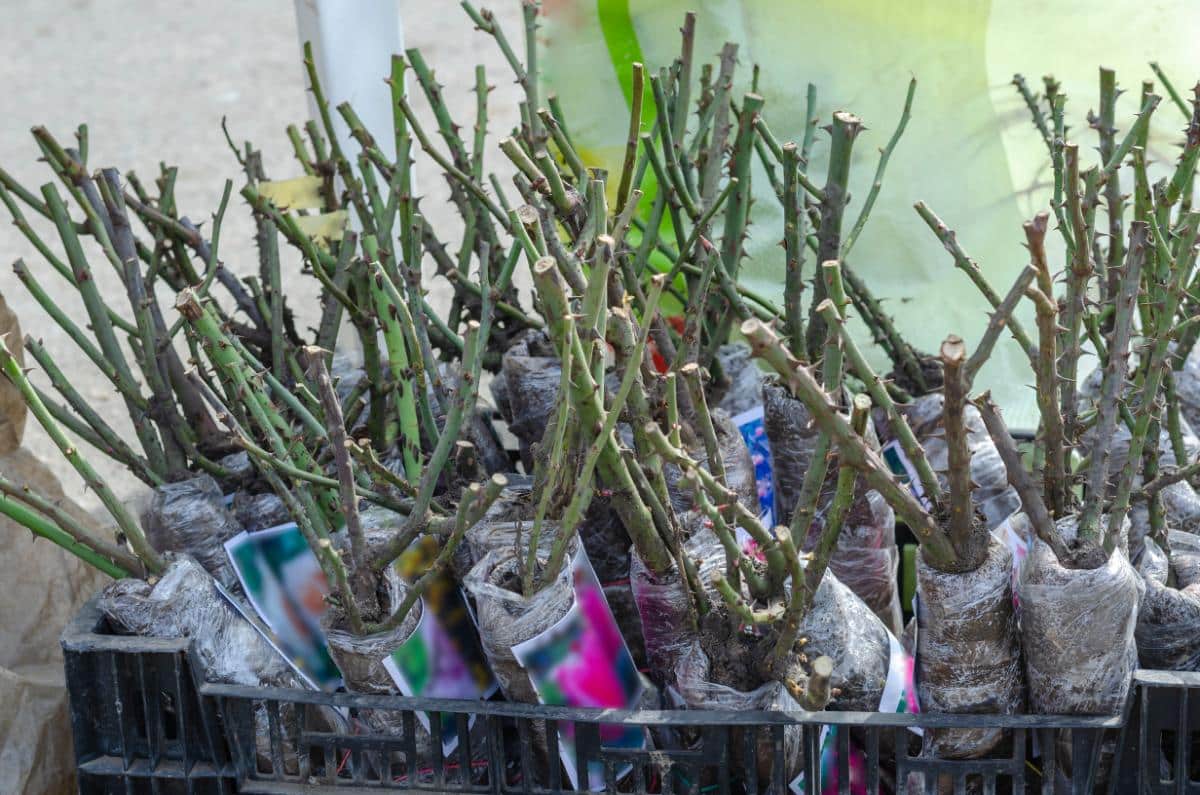
If you need to hold your plants for more than 10 or 14 days, they should be held at an even lower temperature. This is to maintain them in a dormant state so that the plants are not looking for moisture and nutrients that aren’t available.
- Store plants at a temperature of 28 F (-2.22 C)
- A small refrigerator turned down very low may be able to achieve this range
- A freezer turned up to a high setting might be warm enough to maintain 28 degrees, but definitely put a thermometer in it and check the consistent temperature before putting your dormant plants and bare roots in; they shouldn’t be kept below 28 F.
- The back or coldest area of a household refrigerator may hold near this range, especially if the fridge is turned down to its lowest setting
What To Do If You Don’t Have Enough Cold Space for Storage
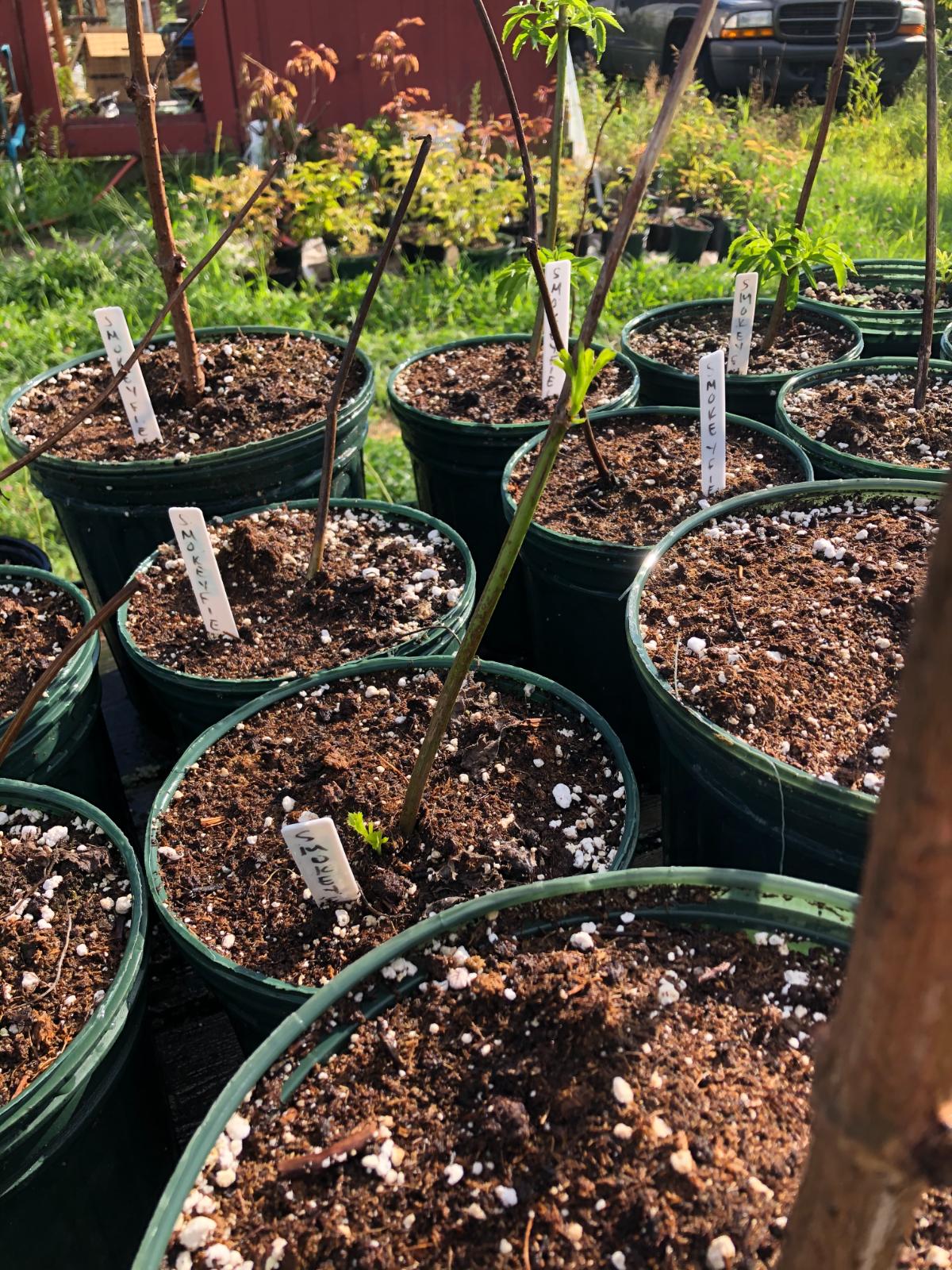
For the average homeowner, finding the space to hold a quantity of dormant or bare root plants for a long period of time might be difficult. One has to eat, after all!
If you can’t spare the space in your refrigerator to hold your plants for a couple of weeks, and you don’t have a consistently cold space for them to stay in a place like an unheated garage, shed, or barn, the better option is to pot them up and let them start to grow.
- Choose a pot large enough to give the plant room to grow
- Make sure the roots are entirely covered with soil
- For small plug-type dormant plants, go up one pot size from the size of the root ball or plug cell that the plant is currently in
- Use good quality potting soil
- You can grow these plants indoors, in a protected outside space, or in a greenhouse
- If grown indoors, make sure you provide plenty of light (most likely, you’ll need a grow light)
- Indoor-grown potted plants will need to be hardened off before moving outside
- Check water daily, and do not let the pots dry out
- Wait to plant the potted plants outside until there is significant and well-established root growth
- This will take several weeks and perhaps a month or more, so be prepared to care for potted plants for quite some time before you can plant them outdoors
In a best-case scenario this wouldn’t be the first choice because once you’ve potted those plants, they should be kept in those pots and allowed to grow for several weeks before you plant them again in the ground where they are intended to stay. They may need to be potted for a month or more before you can transplant them again.
If you can, choose one of the other holding methods before choosing the potting option and plant the plants directly into their permanent homes. According to Nourse Farms, this is preferred, even if it means storing those plants for a couple of weeks.
Direct planting, even after an extended holding and storage period, reduces the number of times the plant and its roots are disturbed and reduces problems associated with transplant shock.
For All Plants: Check the Condition of the Plants Before Storing
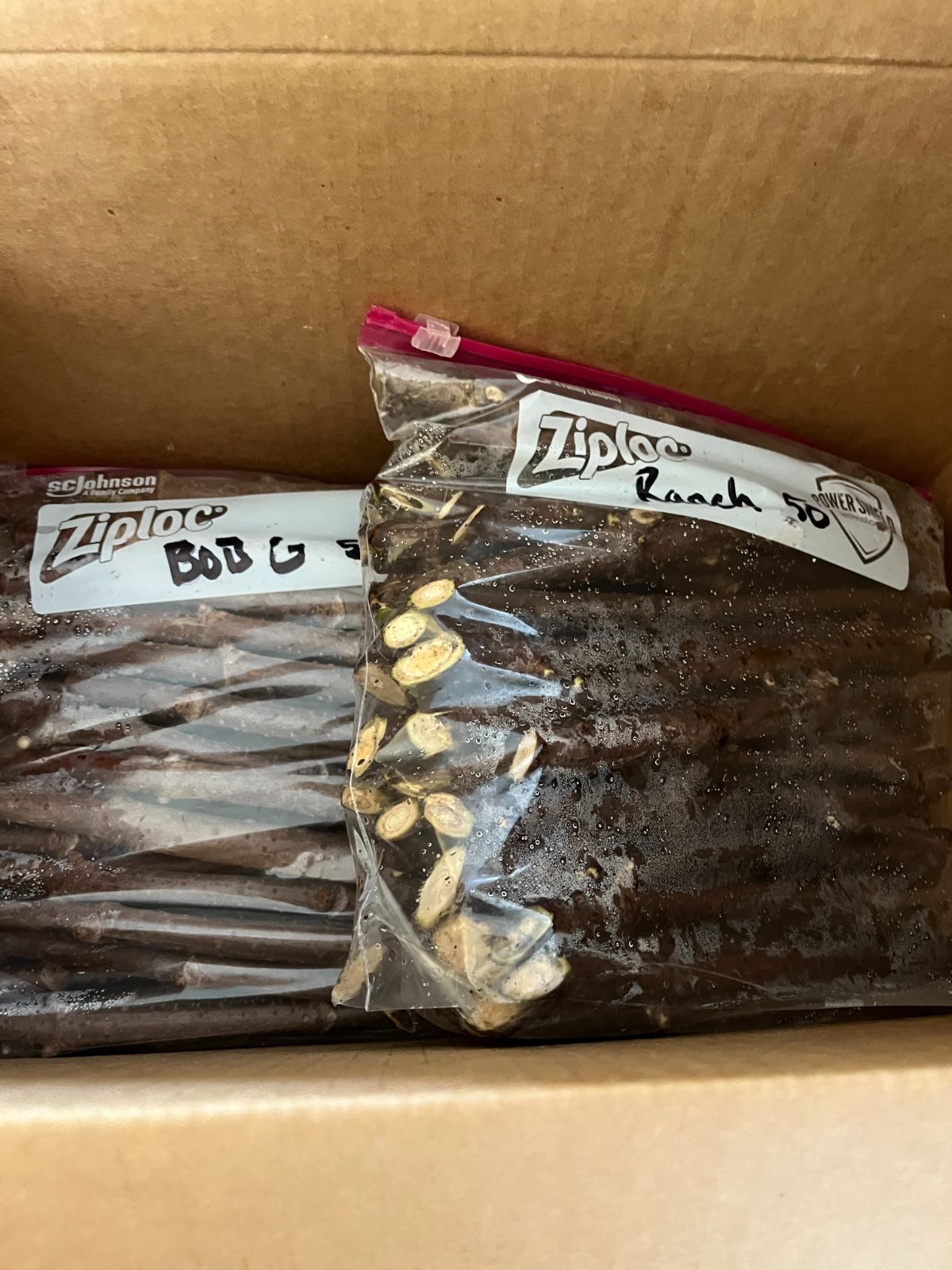
No matter which storage or holding method you choose for your dormant plants and bare root plants while you wait for a window to plant them, you should check the plants as soon as they arrive:
- If the plants were shipped sealed and with moisture, keep them moist – not wet, per se, but moist enough not to dry out
- These plants may be in bags that show slight condensation in them, and they will usually be packed with a material designed to keep them damp, such as shredded paper, shavings, or moss
- If the plants are plugs planted in soil, check to see that the soil is moist before you store them
- Check periodically for moisture while in storage, though typically, you will not need to water moistened stored plants while they are dormant
- If the packing material is dry, moisten only slightly
- Some plants rot or mold in storage if they’re moist and may be shipped dry (asparagus is a good example)
- If roots or crowns are dry when sent, keep them that way
- If they become wet in the shipping (sometimes from changing temperatures and condensation, etc.), spread them out on newspaper to dry out, then store them until you’re ready
- If you see signs of mold on roots or crowns, dry them in a box in a single layer, out of the sunlight, for about 2 hours
Any good nursery or plant seller will pack your dormant plants, cuttings, or bare root plants with a quick set of instructions for handling and these should include how to keep the plants until you plant them. Let this be your guide to determine if they should be stored moist or dry.
No dormant plant should be stored wet – if anything, it’s damp-moist.
What Are the Recommended Conditions for Planting Bare Root Plants and Dormant Plants and Plugs?
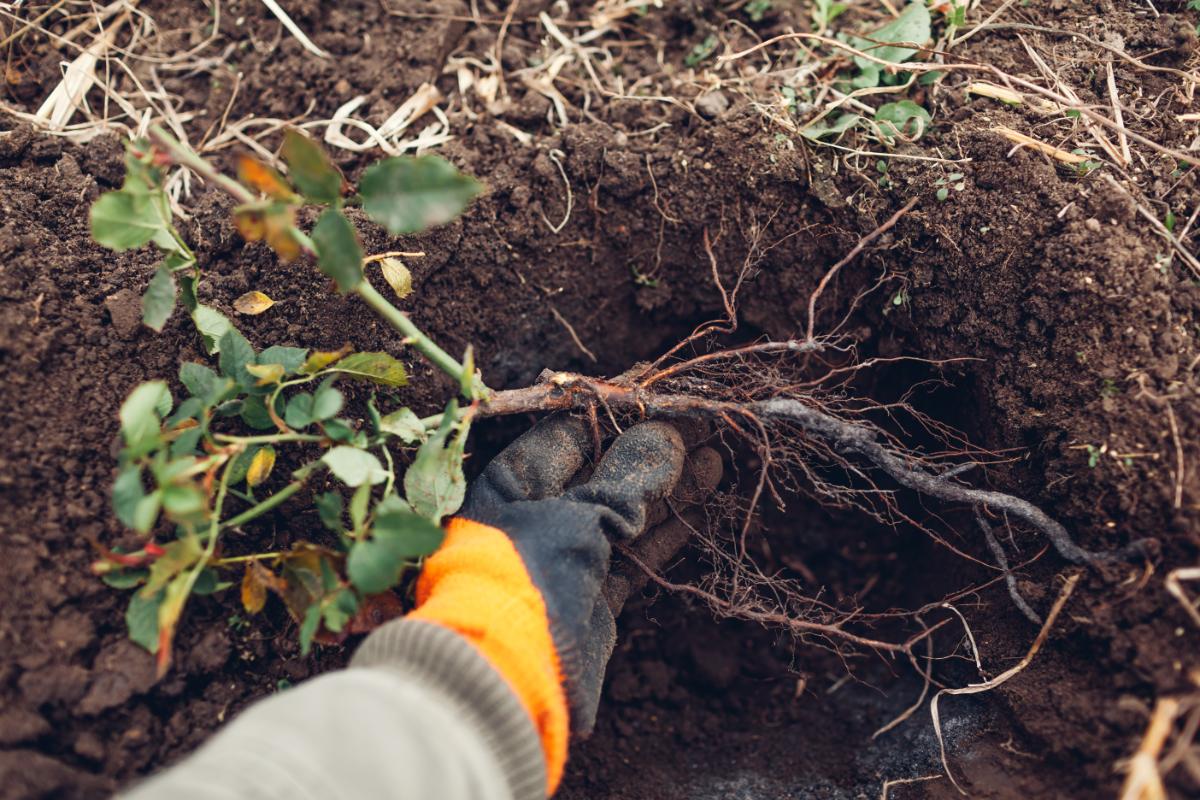
Most bare root and dormant plants should be planted early in the spring. The cooler temperatures coincide with the natural waking cycles of the plants.
Cooler growing temperatures in spring also encourage root growth, which is what you want before too much foliage and leaf growth (which is triggered by warmer temperatures).
One other benefit of planting earlier rather than later in the spring is that there is usually more moisture in the ground after winter, and spring tends to be rainier. Good, steady ground moisture is important for young plants, especially those with some root growing to do. The higher moisture conditions of spring are best for bare roots and dormant plants.
These are the conditions that are considered ideal for planting of bare root plants and dormant plants in the spring:
- Plant as soon as possible when the ground soil is workable (this usually coincides with the following conditions but also protects your soil from becoming compacted. Find out what workable soil is)
- Plant in the ground when the soil temperature stays around 50 degrees Fahrenheit (10 Celsius)
- Plant after the risk of soil freezing is over
- Plant after the risk of hard frost and freezing has passed (light frosts are okay for perennial plants)
Ideally, it’s best if you can plant your bare roots, dormant cuttings, and dormant plants within two to three days of their arrival. If you can’t, figure out when you think you can plant them, pick a timeframe, and use one of the storage and holding methods outlined above, based on that timeframe.

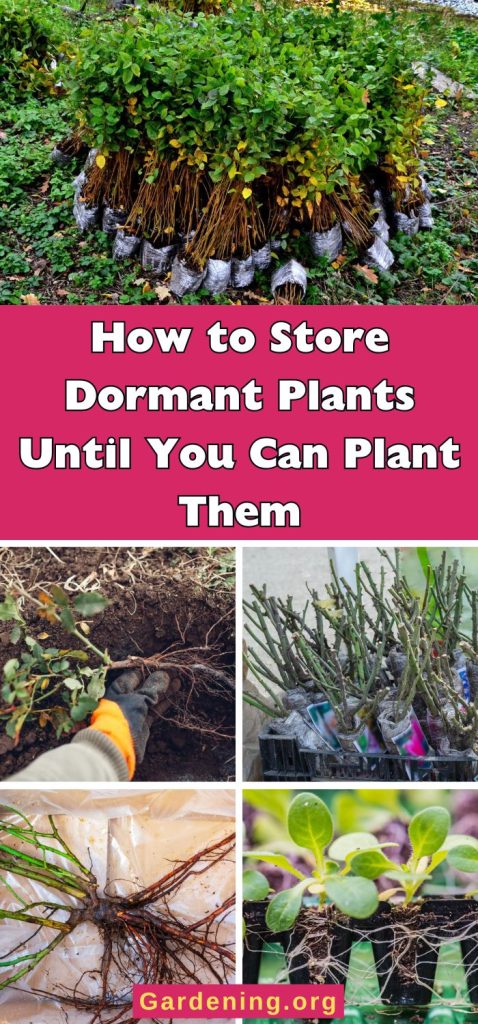
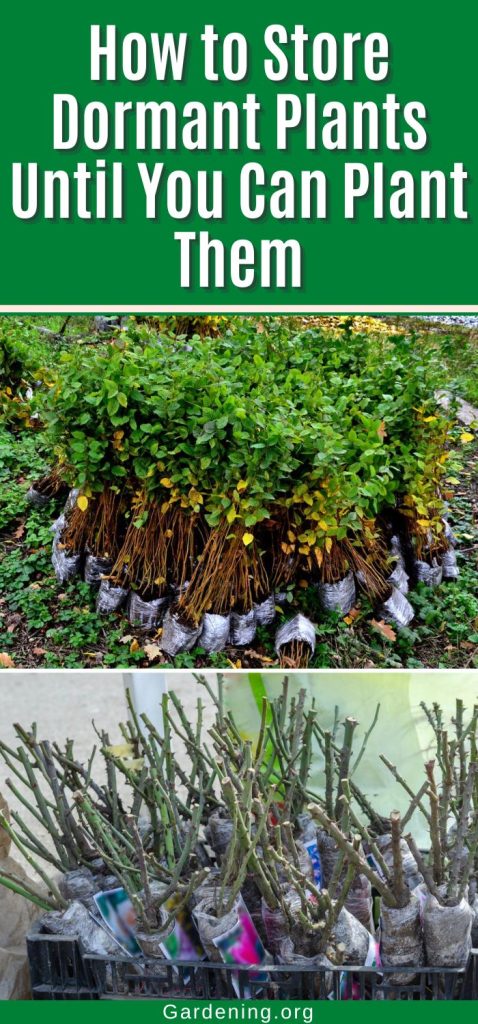
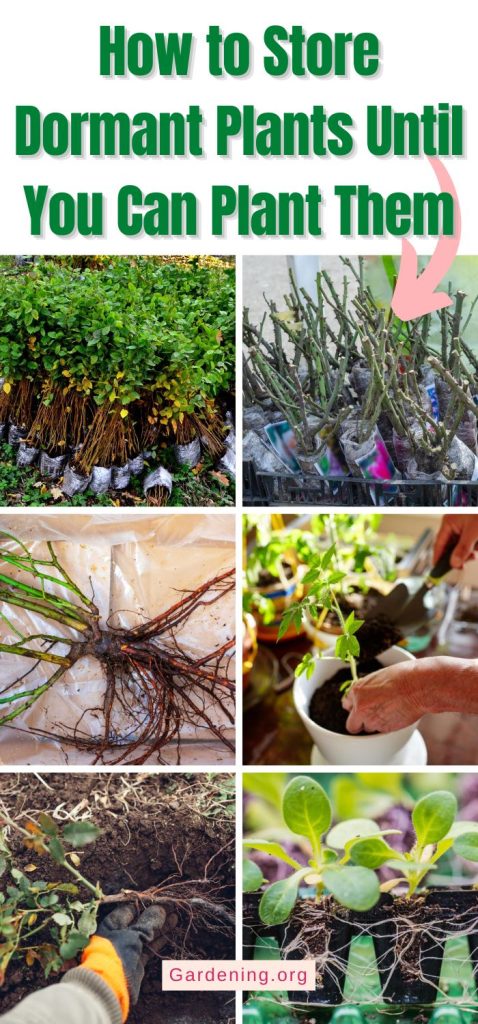

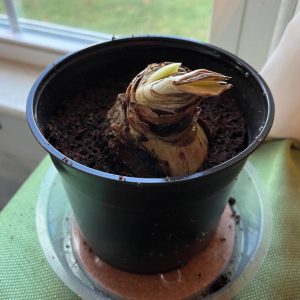



Leave a Reply